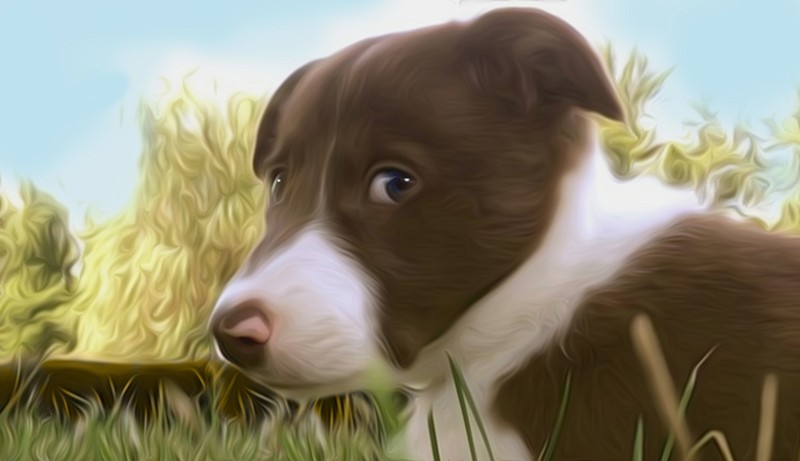Q I'm confused about why my dog Sam's nose is occasionally warm and dry, even though he seems fine. I thought a dog in good health always had a cold, wet nose.
A Sam's nose is usually cold and wet for two reasons.
First, nasal glands inside his nose produce a watery liquid that cools and dampens the lining of his nasal passages and the surface of his nose. Scent molecules stick to this nasal moisture, enhancing his sense of smell. Nasal gland secretions also contain antibodies that protect him from disease.
Second, the tears produced by the lacrimal glands bathe the surface of each eye and then drain through tiny openings, called puncta, at the inner corner of each eyelid. From there, the tears drain down the nasolacrimal ducts in the muzzle and out through the nostrils.
The tears tickle, making Sam lick his nose. As the tears and saliva evaporate, the surface of his nose cools.
Nasal glands and tear glands cut back their production when dogs sleep. My guess is that Sam's nose is warm and dry only when he awakens from sleep.
Other reasons for a dry, warm nose include a reduction in nasal secretions, decreased production of tears, and blockage of the puncta or nasolacrimal ducts, causing the tears to spill over the eyelids rather than drain through the nose.
In short, you can't tell anything about Sam's health based on the temperature or dampness of his nose. A warm nose doesn't mean he has a fever any more than a dry nose indicates dehydration.
Whenever you're concerned about Sam's health, take him to his veterinarian for a thorough physical exam so you'll know what's happening.
In the meantime, I find that regularly kissing my dog's nose keeps him — and me — happy.
Q Our new kitten, Leo, has tiny white specks stuck to his fur. The veterinarian said they're nits, or lice eggs, and she treated him for lice.
I'd do almost anything to prevent Leo's lice from infecting our two young children, who had head lice once. Should I keep the kids from playing with him? If so, for how long?
A You needn't separate the children from their new kitten, because lice infect only one species. So, cat lice infect cats, and human lice attack people. Leo's lice won't jump to your children.
Your new kitten was undoubtedly infected when he was exposed to another cat with lice or to that cat's bedding, comb or brush.
Lice are tiny, flat, wingless insects that move slowly. They cause a condition called pediculosis, marked by itchiness, skin crusting and hair loss.
More obvious than the lice are their eggs, called nits, which are cemented to the cat's fur. Nits look like flecks of dandruff, except that you can't remove them by petting or brushing the cat.
Fortunately, most flea products eliminate lice and prevent their recurrence. So, the treatment your veterinarian prescribed should kill Leo's lice and allow your children to enjoy their new kitten.
Lee Pickett, VMD, practices companion animal medicine in North Carolina. Contact her at

